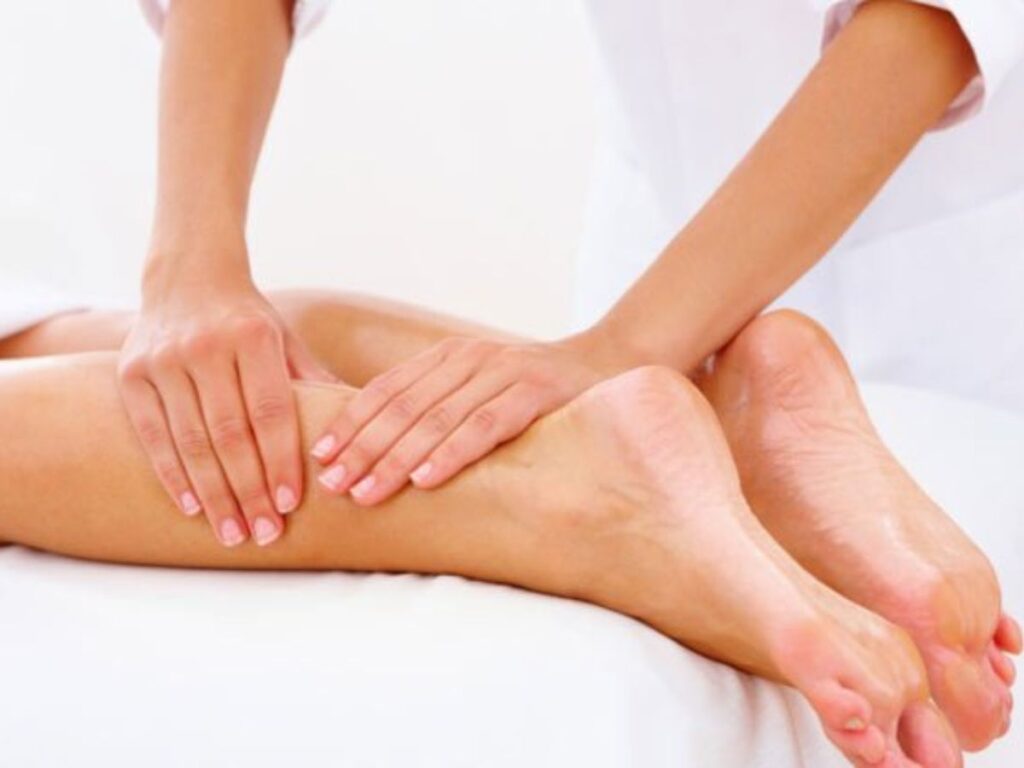Why Sciatica Responds to Massage
Sciatica—a radiating leg pain fueled by irritation of the sciatic nerve—can be rooted in lumbar disc issues, tight piriformis muscles, or spinal stenosis. While rest or painkillers may offer fleeting relief, massage therapy delves deeper, targeting muscle imbalances and nerve entrapments aggravating the condition. By easing tension in the lower back, hips, and glutes, massage decreases pressure on the sciatic nerve. This hands-on approach not only soothes acute symptoms but also fosters a healthier environment where nerve impingements are less likely to recur, offering a long-term strategy for pain reduction and mobility gains.
Common Contributors to Sciatica
Disc bulges or herniations in the lumbar spine often press on nerve roots that merge into the sciatic nerve, producing sharp or shooting pain. The piriformis muscle, deep in the glutes, can also tighten around the nerve, a condition termed “piriformis syndrome.” Other factors—like misaligned vertebrae, chronic bad posture, or pregnancy-related pelvic shifts—can intensify sciatic strain. Massage therapists identify these sources, applying targeted techniques to reduce muscle spasm, break fascial adhesions, and restore normal nerve pathways. By tackling each of these players, therapy helps alleviate radiating pain while preventing minor twinges from morphing into persistent misery.
Massage Techniques for Sciatica Relief
Deep tissue work along the lumbar paraspinals and gluteal muscles is central to decompressing the sciatic nerve. Slow, sustained pressure in the piriformis region can free trapped neural tissue. Myofascial release around the sacrum or the hamstrings addresses tension radiating down the leg. Some therapists use trigger point therapy to calm tight spots that refer pain into the buttock or thigh. Light stretching or joint mobilizations might follow if the lower back or hips appear restricted. By calibrating depth of pressure to each patient’s comfort level, therapists can gently coax locked-up muscles into releasing, minimizing any flare-ups during or after the session.
Dr. Elham’s Spinal Alignment
Spine alignment strongly influences sciatic nerve function. Dr. Elham examines the lumbar spine and sacroiliac joints, correcting subluxations that exacerbate nerve compression. When these segments realign, massage therapy more effectively dissolves muscle guarding built around the misaligned vertebrae or pelvis. Conversely, relaxed muscles help each chiropractic adjustment hold, as tissues no longer tug the spine back into poor positioning. This partnership is crucial for sciatica patients with disc herniations or chronic pelvic tilt—ensuring that once the nerve is free, healthy posture and reduced soft-tissue tension keep it that way.
Core Benefits of Massage for Sciatica
Focusing on the muscles and fascia around the sciatic nerve yields multiple perks:
- Pain Reduction: Loosened glutes and lumbar tissues cease pressing or rubbing the nerve, alleviating radiating agony.
- Improved Circulation: Enhanced blood flow washes away inflammatory byproducts, accelerating recovery of strained nerves.
- Heightened Mobility: Freed-up hips and lower back facilitate daily tasks like bending, walking, or lifting without nerve flare-ups.
- Stress Relief: Chronic sciatic pain fosters anxiety; massage eases both physical and emotional tension.
- Synergy with Adjustments: Dr. Elham’s corrections endure longer when tight muscles don’t perpetuate skeletal misalignments.
Over time, these cumulative effects often let patients resume normal activities—like climbing stairs or sleeping comfortably—absent the constant dread of sciatic jolts.
At-Home Care to Extend Gains
Between sessions, gentle stretches can keep the nerve channels open. Piriformis stretches—like the figure-four pose—prove particularly helpful. Dr. Elham might advise core stabilizing exercises—such as planks or bird dogs—to buttress the lower spine, preventing future impingements. Simple posture checks—maintaining a neutral pelvis when standing or adjusting one’s seat angle—spare the nerve from chronic compression. If long drives or extended sitting aggravate sciatica, short walking breaks or lumbar-support cushions may help. Integrating these habits can reinforce the flexibility and nerve decompression achieved through massage, blocking sciatica’s return.
Overcoming Functional Hurdles
Sciatica can hobble everyday life: walking can ignite shooting pain, bending to tie shoes may trigger throbbing aches, and sitting too long results in leg numbness. Massage therapists address these scenarios by unveiling and releasing the hidden knots or fascial binds limiting normal hip-lower back motion. Working in tandem with Dr. Elham ensures that mechanical issues—like pelvic tilt or disc misalignment—are corrected so that muscle relief endures. Gradually, tasks like standing up from a chair or lifting objects become less daunting, restoring your independence and confidence in movement.
Dangers of Untreated Sciatica
Unresolved sciatic irritation can prompt ongoing muscle spasm, leading to a downward spiral of restricted movement and compensatory strain in other regions. Weakness or numbness in the leg may worsen if nerve compression persists, complicating mobility further. Emotional distress, stemming from chronic pain, hinders overall well-being. Massage therapy, synergized with Dr. Elham’s realignment checks, intercepts these cascades by soothing the nerve environment, ensuring sciatica remains a passing hurdle rather than a permanent obstacle. Early intervention halts the progression of nerve damage or debilitating pain patterns, setting the stage for healthier, pain-free living.
What a Session Looks Like
A typical sciatica-focused massage often begins with warm-up strokes along the lower back and gluteal region, locating tight or tender areas. Gradual deep tissue pressure might follow, addressing the piriformis, lumbar erectors, and sometimes the upper hamstrings if nerve tension runs downward. Therapists typically communicate closely about pain thresholds, especially when working around inflamed spots. Some incorporate gentle traction or mobilizations if the sacroiliac joint feels locked. Finishing with lighter strokes or muscle-energy techniques can smooth out the session’s deeper work, leaving the nerve corridor calmer and the muscles less rigid.
Fostering a Lasting Sciatica-Free Lifestyle
Though sciatica can appear suddenly, relief often arrives through persistent, multifaceted care. An initial round of massage sessions—perhaps weekly—can diminish acute inflammation. Dr. Elham’s spinal and pelvic adjustments ensure these gains aren’t undone by lurking misalignments. As symptoms recede, shifting to less frequent “maintenance” appointments keeps the sciatic nerve environment in check, preventing accumulative tension from escalating. Diligent self-care—daily stretches, mindful posture, core exercises—cements these improvements. Ultimately, you’ll reclaim the ability to move confidently without the piercing twinges of nerve pain, a testament to how potent the blend of bodywork and alignment can be for sciatica sufferers.






